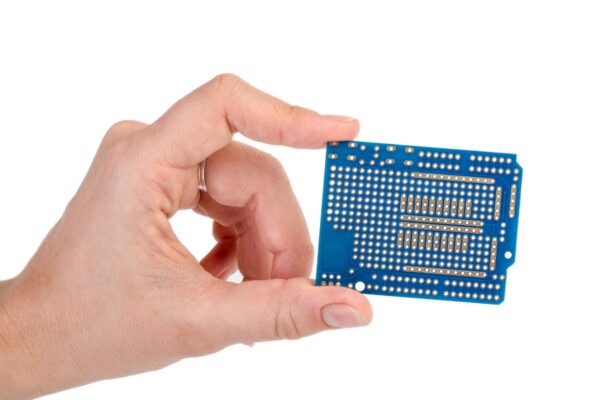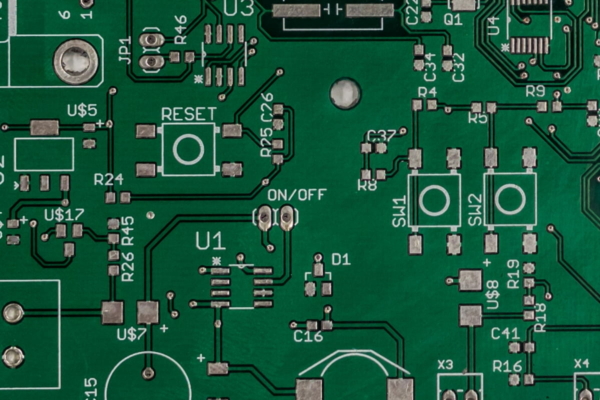What is Copper Thieving
Copper thieving, also known as thieving pad, copper fill, or thieving, is a process to ensure a uniform distribution of copper across the surface of a PCB board, by adding small copper circles, squares, or even a solid copper plane to larger blank spaces on a copper layer of a PCB.
Copper thieving controls the etching and plating processes during PCB fabrication. By adding copper thieving, the copper distribution is made more even, reducing the chances of over etching or over plating in certain areas. This helps to achieve a consistent finished thickness of the PCB and minimize issues such as bowing and twisting.
Copper thieving also controls the dielectric thickness between copper layers and reduces costs associated with excessive etching. It helps to ensure a more predictable and uniform plating process, resulting in a high-quality and reliable PCB design.
Copper thieving should be applied in areas where it will not interfere with any defined controlled impedance or RF signal lines on the PCB. If there are specific RF or impedance requirements that may be impacted by thieving, a fabrication note should be added to indicate that copper thieving is not permitted or should be avoided in certain areas.





